January
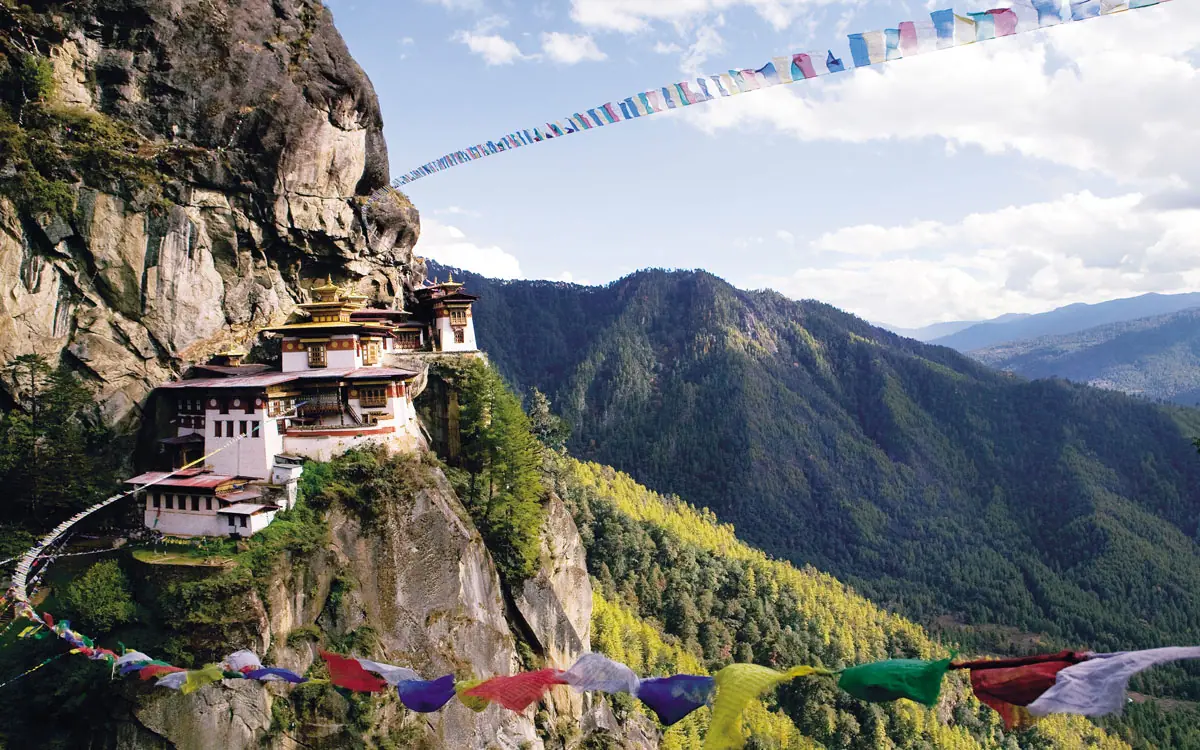
In January, Bhutan experiences its coldest temperatures. Mountainous regions, like Bumthang, have lows reaching -5.8°C, while southern regions, like Trashigang, remain milder with maximum temperatures reaching 20.4°C. It’s a serene time to visit, with crisp air and frosty mornings in higher altitudes.
February
Temperatures begin to rise slightly, with highs of 14.4°C in Thimphu and 21.7°C in Trashigang. This month offers clear skies, making it ideal for exploring Bhutan’s valleys and enjoying panoramic views of the Himalayas.
March
Spring begins to unfold in March, bringing warmer days. Paro experiences maximum temperatures of 14.5°C, while Punakha enjoys a balmy 22.8°C. It’s a beautiful time for trekking as wildflowers start to bloom.
April
April ushers in full spring, with temperatures climbing to 20°C in Thimphu and 28.3°C in Trashigang. The landscapes transform into a canvas of blooming rhododendrons, making it a peak time for nature enthusiasts.
May
May is characterized by warm weather across Bhutan, with highs reaching 29.1°C in Punakha. The southern and eastern regions, like Mongar and Trashigang, experience warmer and more humid conditions. It’s an excellent time for exploring Bhutan’s lush greenery.
June
With the onset of summer, June sees temperatures of up to 30.7°C in Trashigang. Rain showers begin in some areas, heralding the start of the monsoon. Central regions like Trongsa remain cooler and pleasant.
July
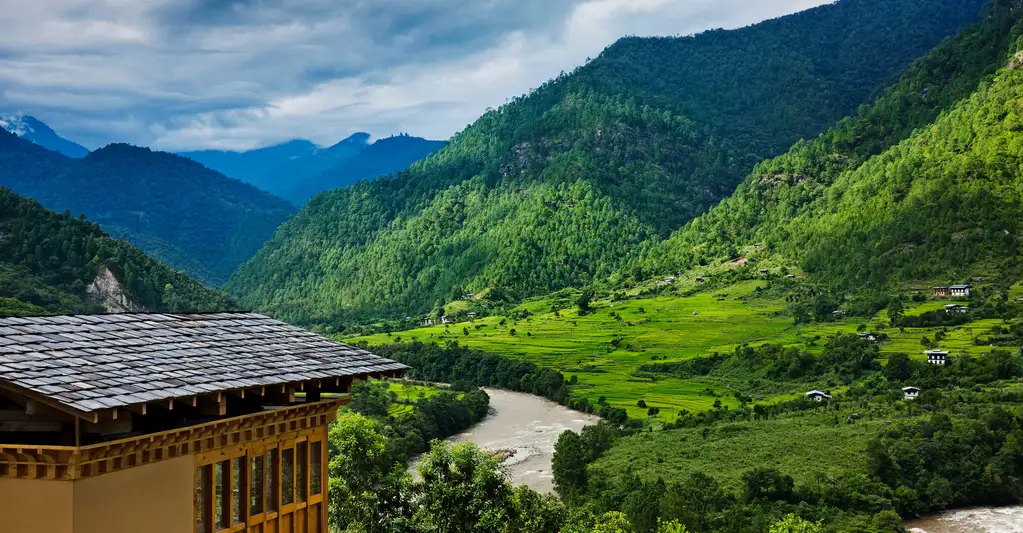
July is peak monsoon season in southern Bhutan, with heavy rainfall and increased humidity. However, cooler temperatures in regions like Bumthang (10°C) make it a refreshing retreat for visitors.
August
Monsoon continues into August with heavy rains, especially in the southern and western regions. Despite this, the lush green landscapes and rejuvenated rivers provide a captivating experience for travelers.
September
As the monsoon subsides, September marks the beginning of autumn. With highs of 24.8°C in Trashigang and milder temperatures in central Bhutan, the weather is pleasant and inviting.
October
October is one of the most popular months to visit Bhutan, with bright sunny days and cool nights. Paro and Thimphu experience temperatures ranging from 1.5°C to 14.4°C, perfect for outdoor activities and cultural festivals.
November
The chill of winter begins to set in during November, with temperatures ranging from 0.6°C in Thimphu to 21.7°C in Trashigang. It’s a peaceful time to explore Bhutan’s historical and cultural treasures.
December
December offers clear, sunny days and chilly evenings. Snowfall occurs in higher altitudes, and temperatures range from -5.1°C in Bumthang to 15.9°C in Mongar. The serene landscapes and festive atmosphere make it an enchanting time to visit.
Climatic Conditions in Bhutan
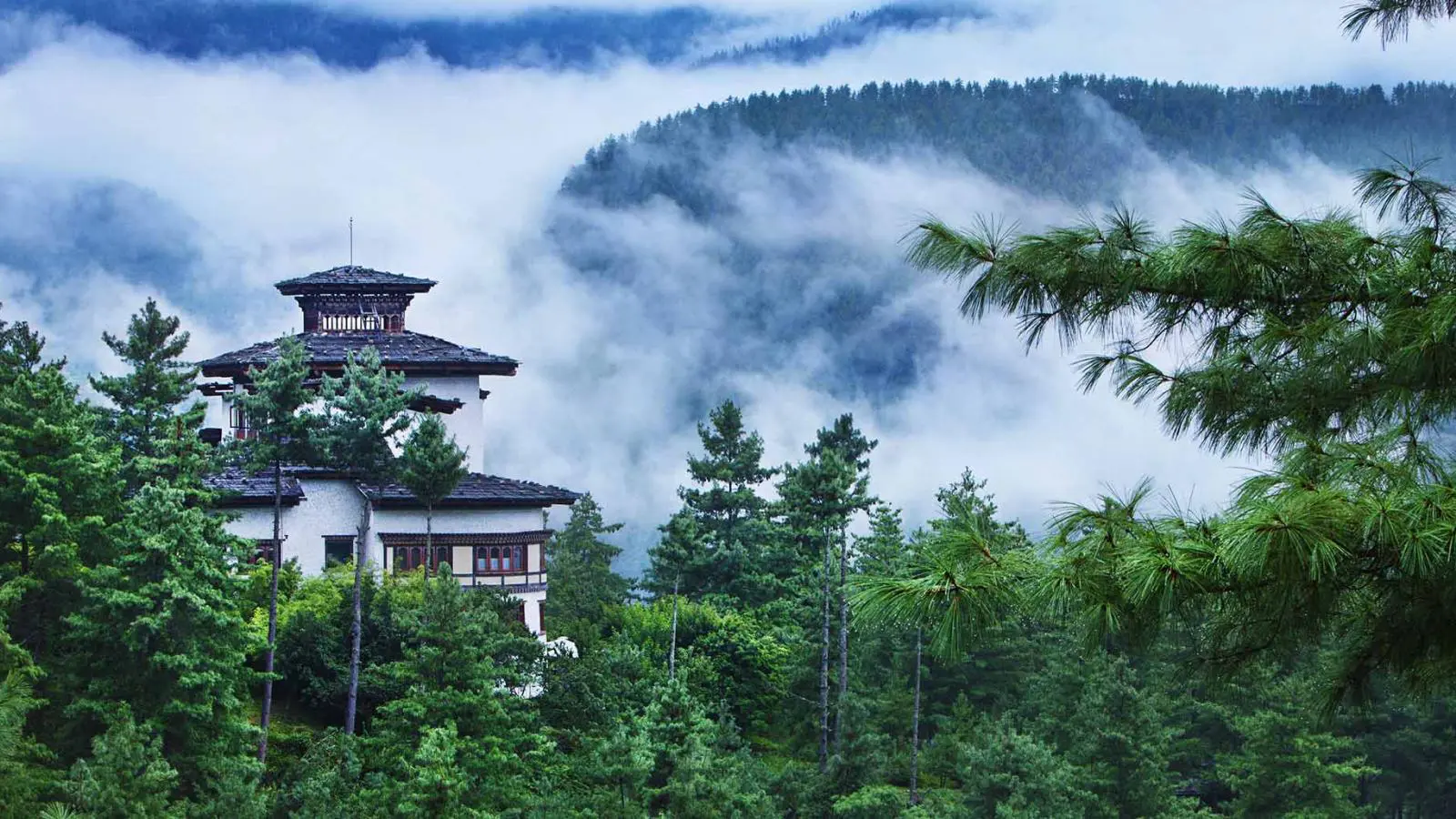
Bhutan’s diverse climate is influenced by its varying altitudes and the Indian monsoons. Southern Bhutan has a hot, humid, sub-tropical climate, while central regions experience a temperate climate with warm summers and cool winters. The northern regions are alpine and experience harsh winters with perpetual snow on mountain peaks.
– Monsoon Season (June to September): Brings heavy rains to the southern regions, supporting lush tropical forests.
– Winter (November to February): Dry, cool months with snowfall above 3,000 meters.
– Spring and Autumn: The best seasons, with moderate temperatures, clear skies, and vibrant landscapes.
Season Highlights in Bhutan
- Spring (March to April): Ideal for nature lovers. Meadows are carpeted with rhododendrons and wildflowers, while valleys are adorned with blooming pear and apple trees.
- Summer (May to June): Vibrant greenery and abundant flora. The southern regions are warmer but provide a picturesque view of rivers and forests.
- Autumn (September to November): Bright golden landscapes and festive celebrations. The clear skies make it an excellent time for trekking and photography.
- Winter (December to February): Chilly yet sunny days. Perfect for experiencing Bhutan’s peaceful ambiance and enjoying the snow-covered mountain views.
Suggested Itinerary: Bhutan Exploration
Day 1: Arrival in Paro
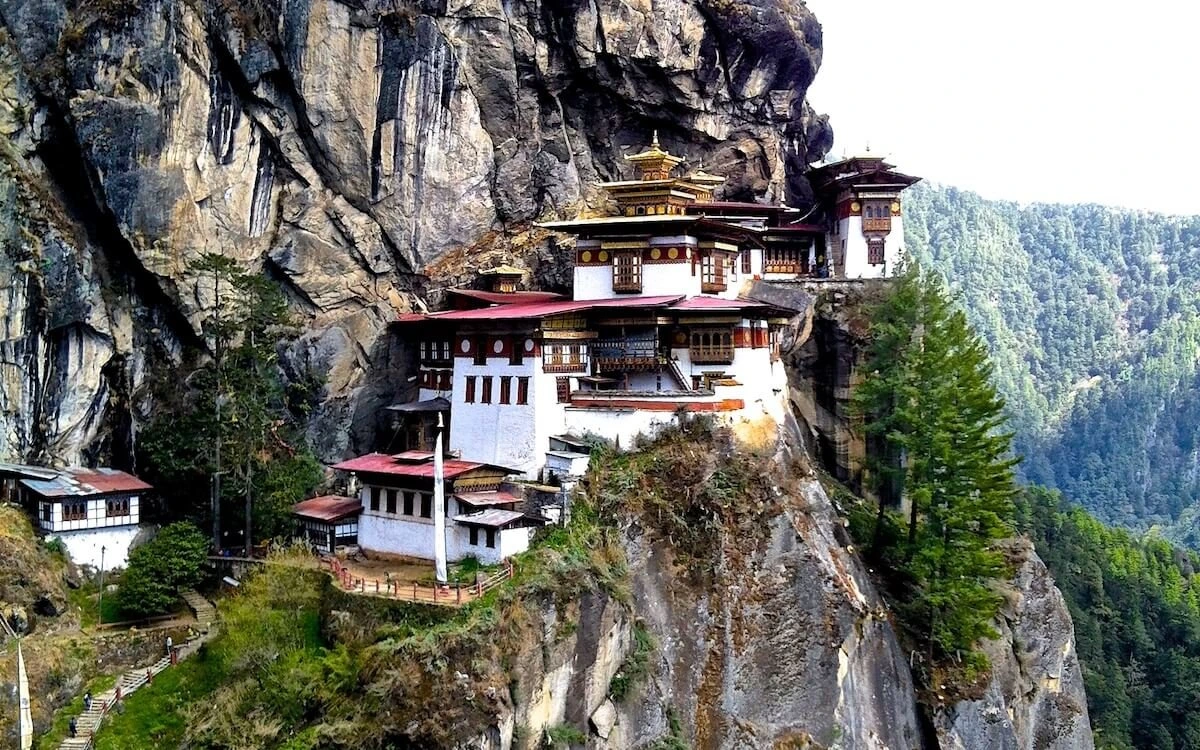
Land at Paro International Airport and enjoy the scenic drive to Thimphu. Explore the National Memorial Chorten and the majestic Tashichho Dzong.. Overnight in Thimphu.
Day 2: Thimphu Exploration
Explore Buddha Dordenma, the Folk Heritage Museum, and the Royal Textile Academy. Spend the evening strolling through Thimphu’s bustling markets.
Day 3: Thimphu to Punakha
Drive to Punakha via Dochula Pass, offering stunning views of the Himalayas. Visit the Punakha Dzong and Chimi Lhakhang, the Temple of Fertility.
Day 4: Punakha to Bumthang

Journey to Bumthang, the spiritual heartland of Bhutan. Visit the Jakar Dzong and the sacred Jambay Lhakhang. Overnight in Bumthang.
Day 5: Bumthang Exploration
Explore Kurjey Lhakhang, Mebar Tsho (Burning Lake), and local weaving centers. Relish the tranquil environment of the valleys.
Day 6: Bumthang to Trongsa
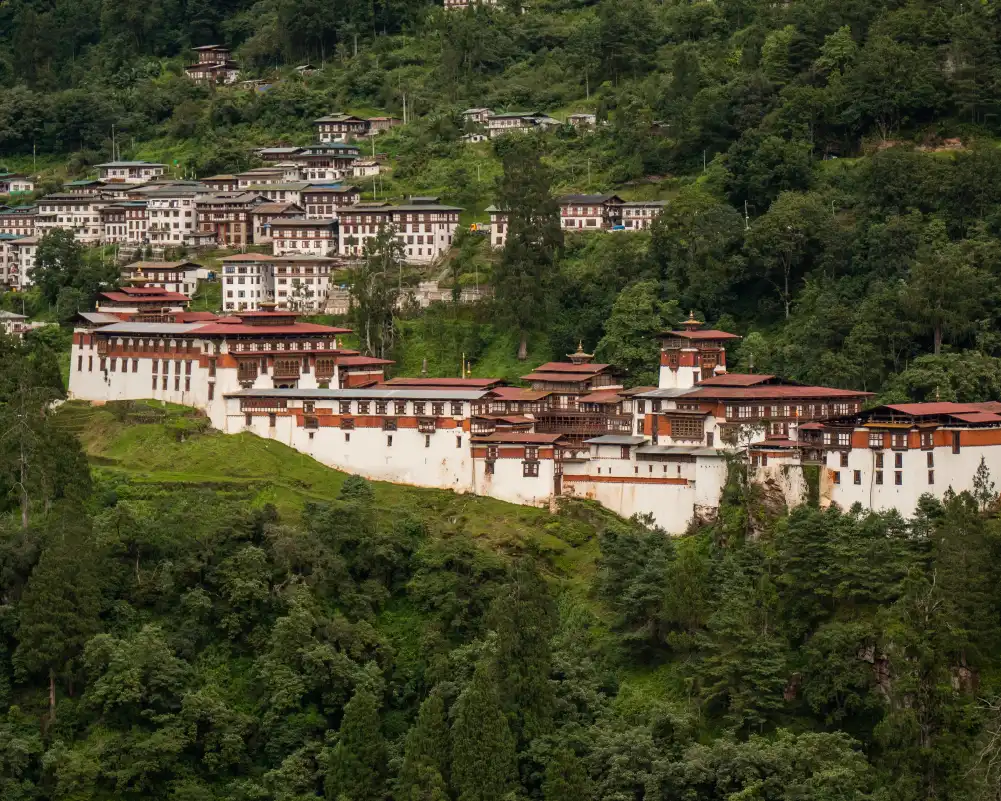
Travel to Trongsa and visit the majestic Trongsa Dzong and the Ta Dzong Museum. Overnight in Trongsa.
Day 7: Trongsa to Paro
Return to Paro and relax. Enjoy a leisurely evening exploring the local markets.
Day 8: Tiger’s Nest Hike
Set off on a scenic trek to the legendary Taktsang Monastery, also known as Tiger’s Nest. The serene atmosphere and breathtaking views make it a highlight of the trip.
Day 9: Departure
Depart from Paro International Airport, carrying memories of Bhutan’s beauty and tranquility.

